Privacy Policy | Terms and Conditions | Disclosure Statement | License Policy
COPYRIGHT © 2024 | NUMBER 8 COOKING | ALL RIGHTS RESERVED.

Privacy Policy | Terms and Conditions | Disclosure Statement | License Policy
COPYRIGHT © 2024 | NUMBER 8 COOKING | ALL RIGHTS RESERVED.

Privacy Policy | Terms and Conditions | Disclosure Statement | License Policy
COPYRIGHT © 2024 | NUMBER 8 COOKING | ALL RIGHTS RESERVED.
Experimenting with different herb and spice blends to create a simple meat rub is easier than you think. There are seasoning essential: paprika, brown sugar, salt, pepper, chili powder, onion, and garlic powder. These mixed together create a mother blend from which you can develop derivates.
These base ingredients are likely already in your pantry. This is your mother rub, a simple meat rub recipe that can be used as it is. The fun is in creating derivate meat rubs with your favorite herbs and spices.
When I was younger, I would reverse engineer store-bought rubs and seasonings. I would look at what was in them (other than the list of ingredients printed on the packet.)
I would split out the tiny grains of rub, rub them between my fingers, and smell and taste the grains. Then, from there, I would recreate that rub. It was a flavor revolution.
From there, I made my blend of simple meat rubs. So, it is about time I share some of those meat rub recipes so you can indulge in these fantastic rubs I’ve created over the years.
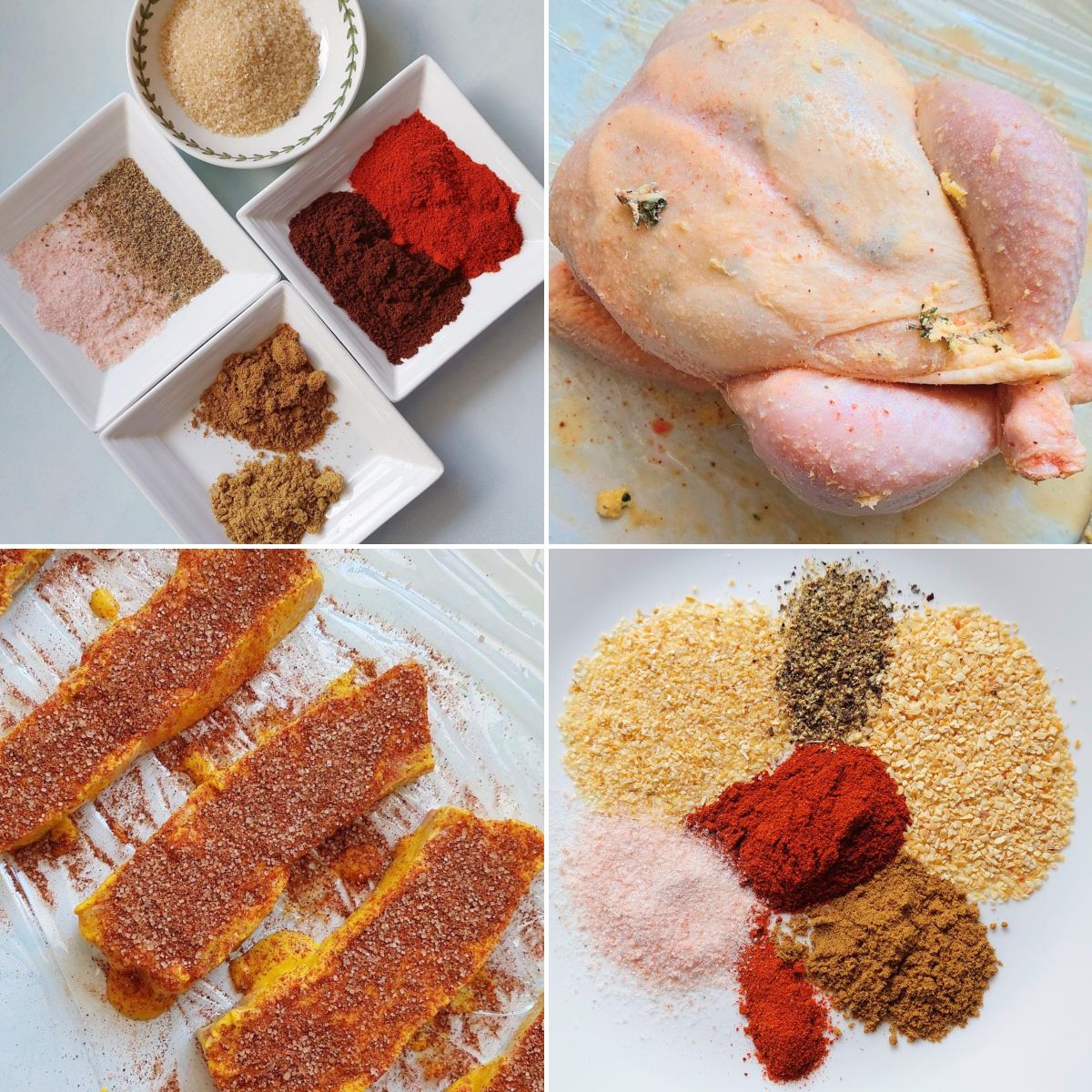
While the possibilities are endless when concocting simple meat rubs and seasoning combos, most blends start with a base of these seven essential elements. Mastering them will allow you to tweak and expand later as inspiration strikes.
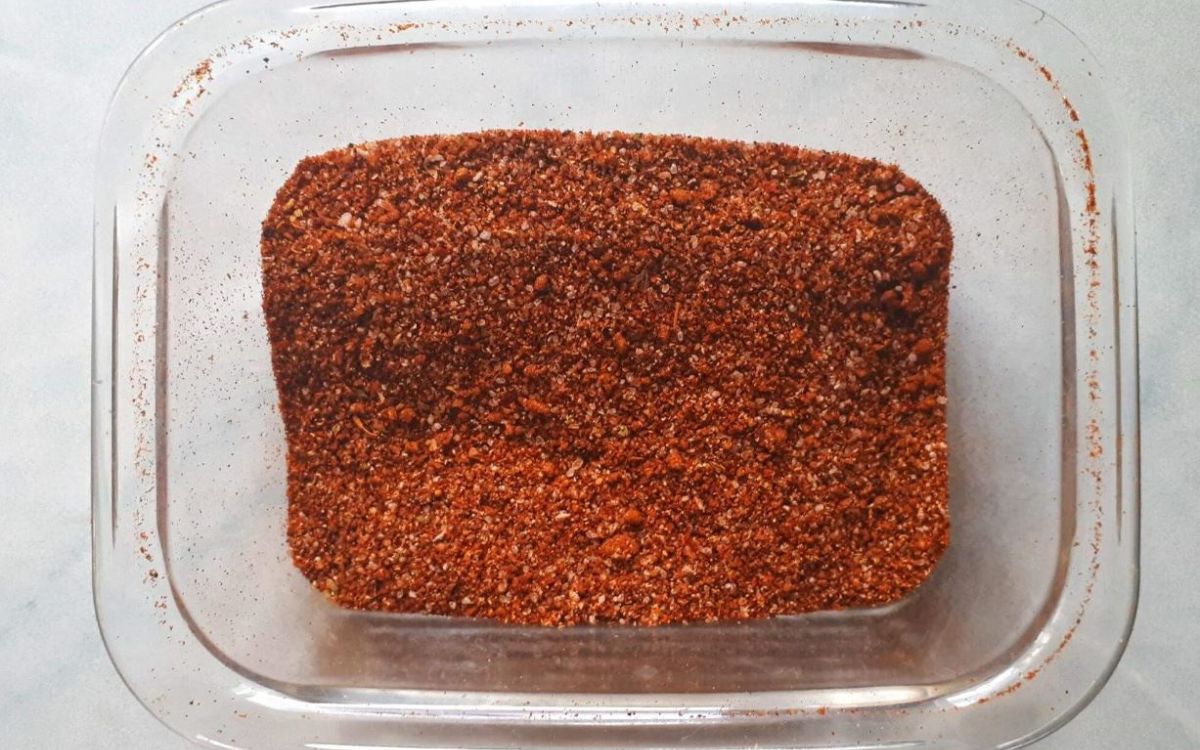
When making a mother meat rub, the ratio of ingredients can vary depending on personal preference and the specific flavors you want to achieve. Here’s a general guideline starting with paprika as the baseline:
For example, if you start with one tablespoon of paprika. Adjust these ratios based on your taste preferences and the intensity of flavors you desire.
Now that you have a mother rub, the exciting part starts: adding other herbs and spices to create rub derivates. So, let’s discuss secondary seasonings and how to combine components so flavors subtly mingle instead of dominate.
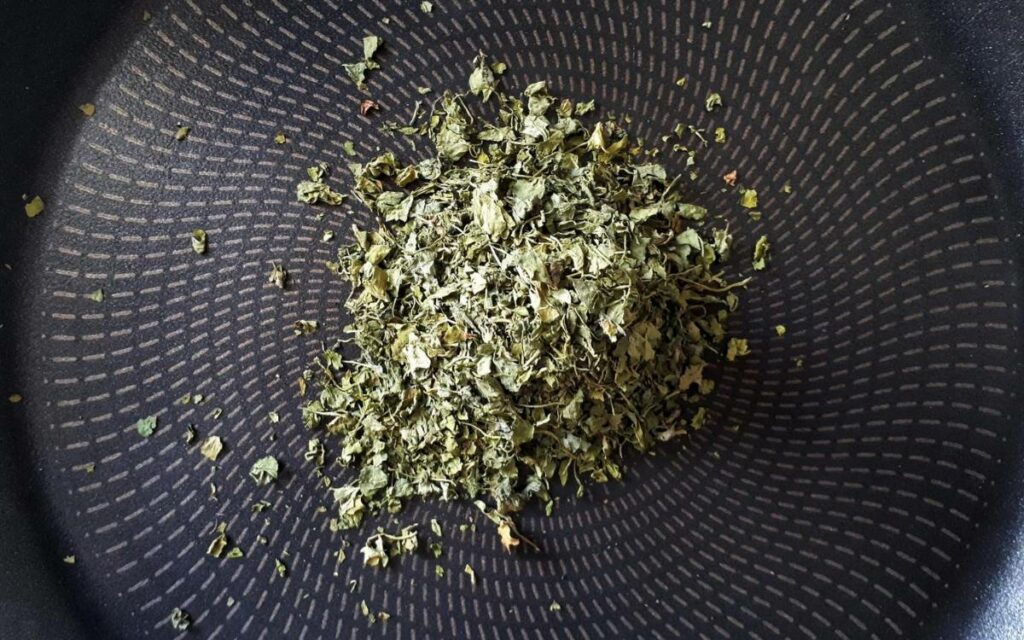
The delicious impact of adding a touch of something different or unique to spice your simple meat rub recipes.
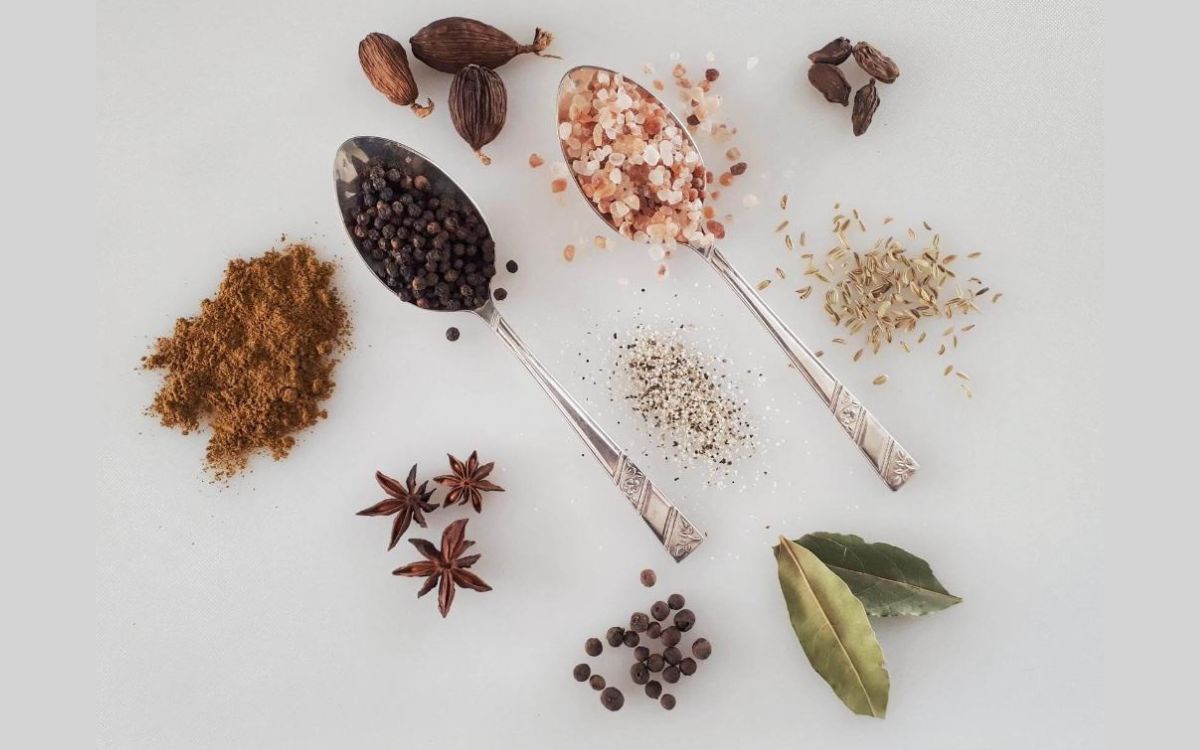
Chefs Pro Tip — If you opt for coffee in your meat rub, ensure it’s made from freshly ground beans. Instant coffee will impart an undesirable bitterness. Additionally, steer clear of coarsely ground coffee to avoid a gritty, sandy texture in your rub.
Muscovado sugar serves as a suitable replacement for brown and demerara sugar. Alternatively, you can create a blend using equal parts Muscovado and another type of sugar.
When layering and balancing meat rubs, I begin with my mother rub. Then, add supportive herbs, spices, and umami ingredients. After each new addition, I carefully taste and adjust if any one flavor dominates.
Finally, I sparingly incorporate an exotic ingredient until my palette is satisfied. The mark of a great homemade meat rub is when no single flavor dominates. It’s an amalgamation of tastes, a flavor revolution!
Chefs Pro Tip — As you layer and balance flavors within your base of “mother” rub, taking detailed notes for each addition is essential. These notes will serve as valuable references for future adjustments and improvements to your simple meat rub recipes.
As a seasoned chef with decades of experience, I approach the art of combining a meat rub with thoughtful precision. To begin, gather your utensils: a mixing bowl, measuring spoons, a whisk, and a sieve for blending.
Start by blending your base ingredients for your mother rub. Measure them into a bowl and slowly whisk to combine and break up any lumps evenly.
Now, measure your other herbs, spices, and exotic additions into the bowl. Use the whisk to blend them. Taste and smell the raw spice mix and adjust if needed.
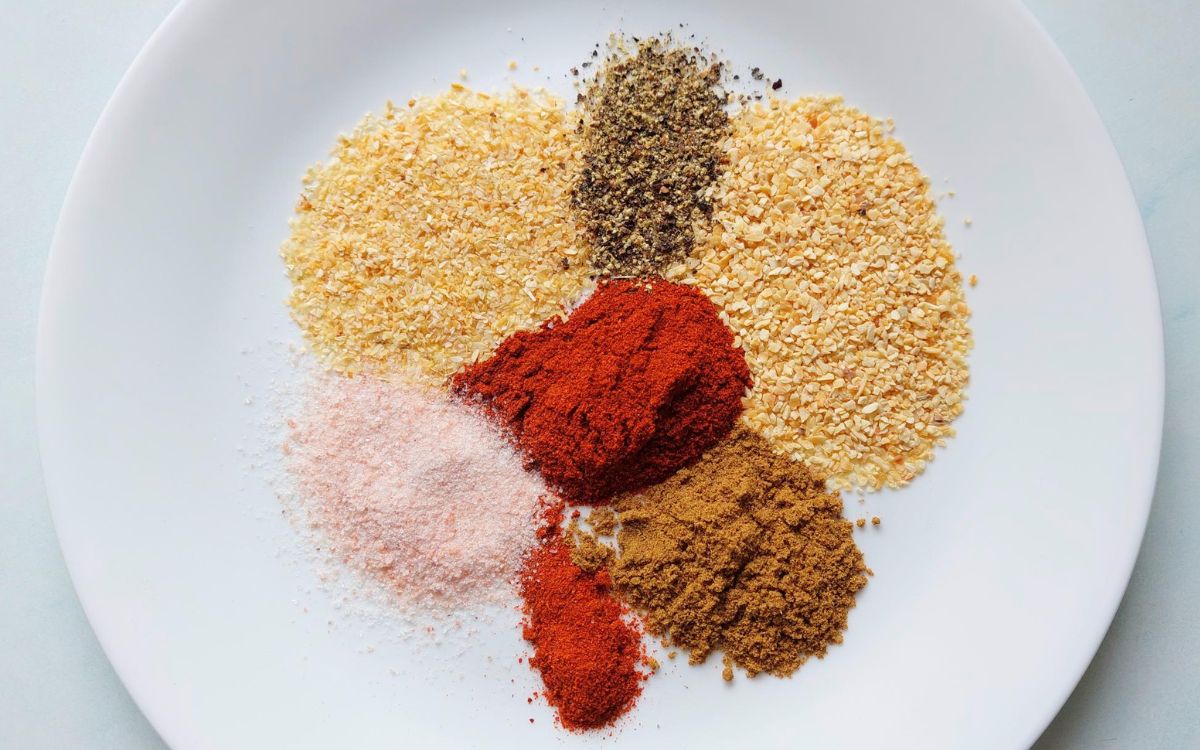
Alternatively, you can measure the base ingredients into a sieve over the bowl and use a spoon to push the ingredients through the sieve lightly. Avoid agitating the spices too much, as you could inhale the fine spice dust.
Document everything, ingredient quantities, method, and adjustments. This is for future reference and recipe consistency. You can store large batches in an airtight container to preserve the meat rub potency until ready for use.
Chefs Pro Tip — With careful attention to detail and a thoughtful combination of herbs and spices, your simple meat rub recipes will take your roasted and grilled meats to new heights. You are adding something unique and leaving a lasting impression on all who indulge.
Here is a collection of simple meat rub recipes that I have created over the years. My versatile collection aimed at effortlessly enhancing meals for both novice and experienced cooks.
With these essential ingredients found in most kitchens, these recipes offer accessibility without compromising flavor. Each carefully crafted rub accentuates the natural taste of meats.
From succulent beef to tender chicken while providing depth and complexity. I emphasize simplicity, ensuring approachability for all skill levels.
This all-purpose simple meat rub recipe is excellent for marinating whole chicken, pork belly, and butt. From this all-purpose meat rub, you can make infinite variations.
Sprinkle the rub evenly over the meat. Then let it sit in the fridge for 12 hours.
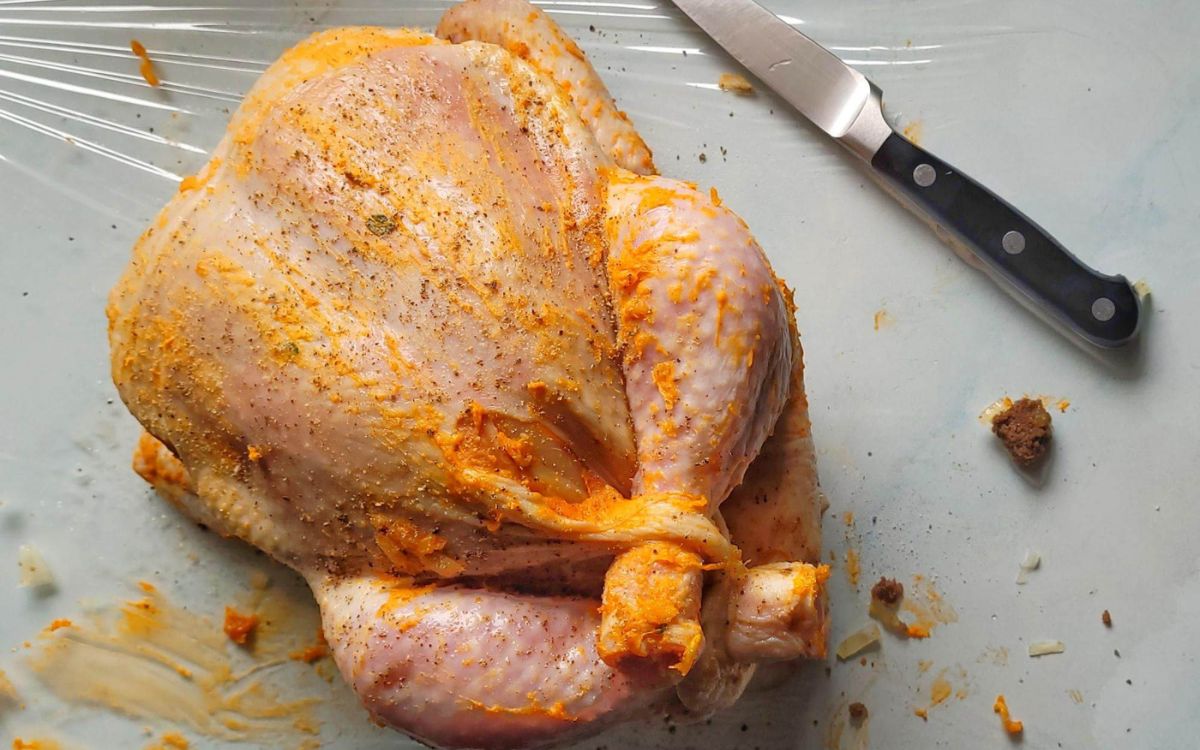
This simple meat rub rich with coffee, cumin, and coriander is a delicious pork rib and beef brisket rub.
Generously sprinkle the rub evenly over the meat. Alternatively, you can spread a thin layer of Dijon mustard over the meat before applying the meat rub. Then, let it sit in the fridge for 24 hours.
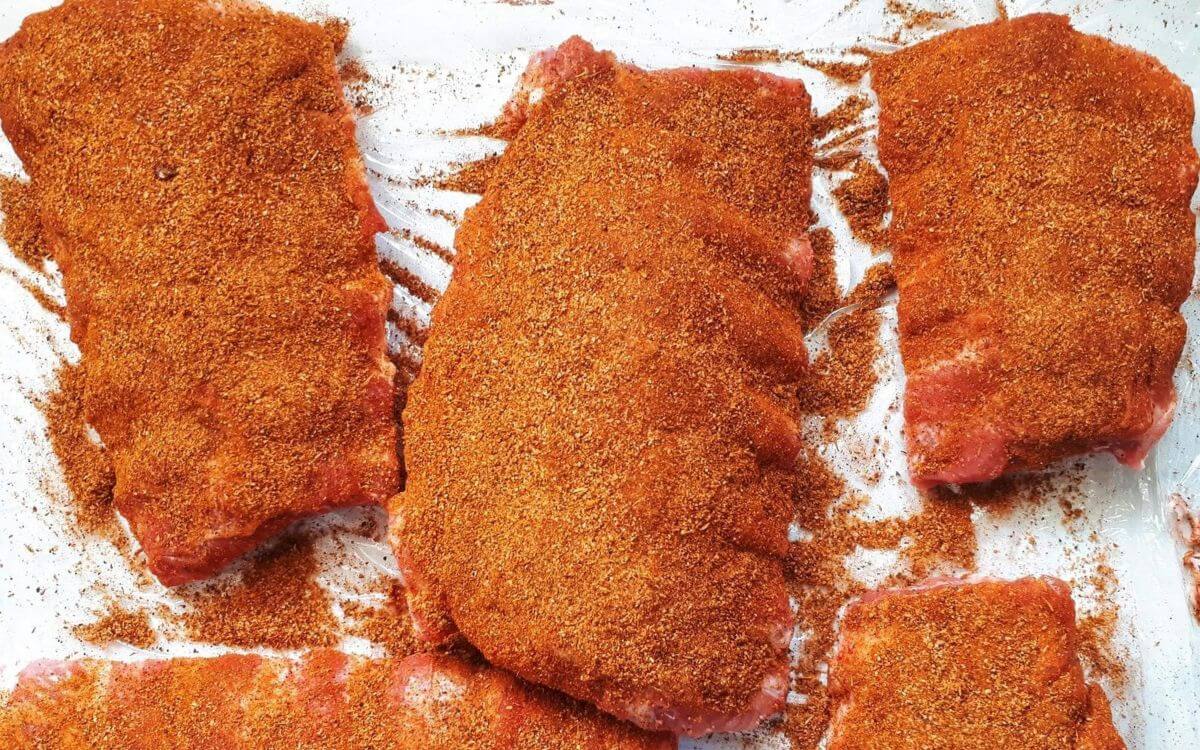
This simple meat rub with ground porcini mushroom, celery seed, and bay leaf. Excellent for beef brisket.
Cover the beef with the rub evenly, paying attention to the sides. Then, let it sit uncovered in the fridge for 24 hours.
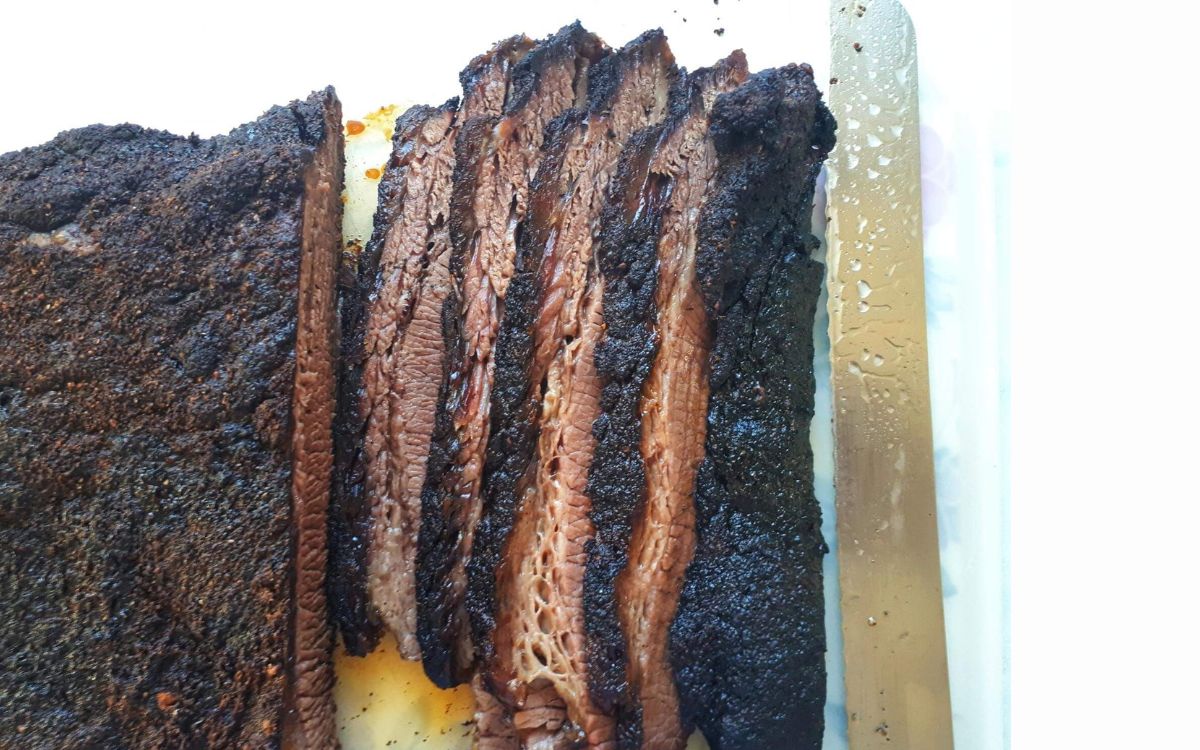
Indulge in the vibrant flavors of the Mediterranean with our Mediterranean citrus chicken rub, crafted with a harmonious blend of zesty lemon peel, aromatic bay leaf, and fragrant oregano.
Sprinkle this simple meat rub inside the chicken cavity and over the outside. Sprinkle the rub between the legs and wings. Rest the chicken in the fridge uncovered for 6-8 hours.
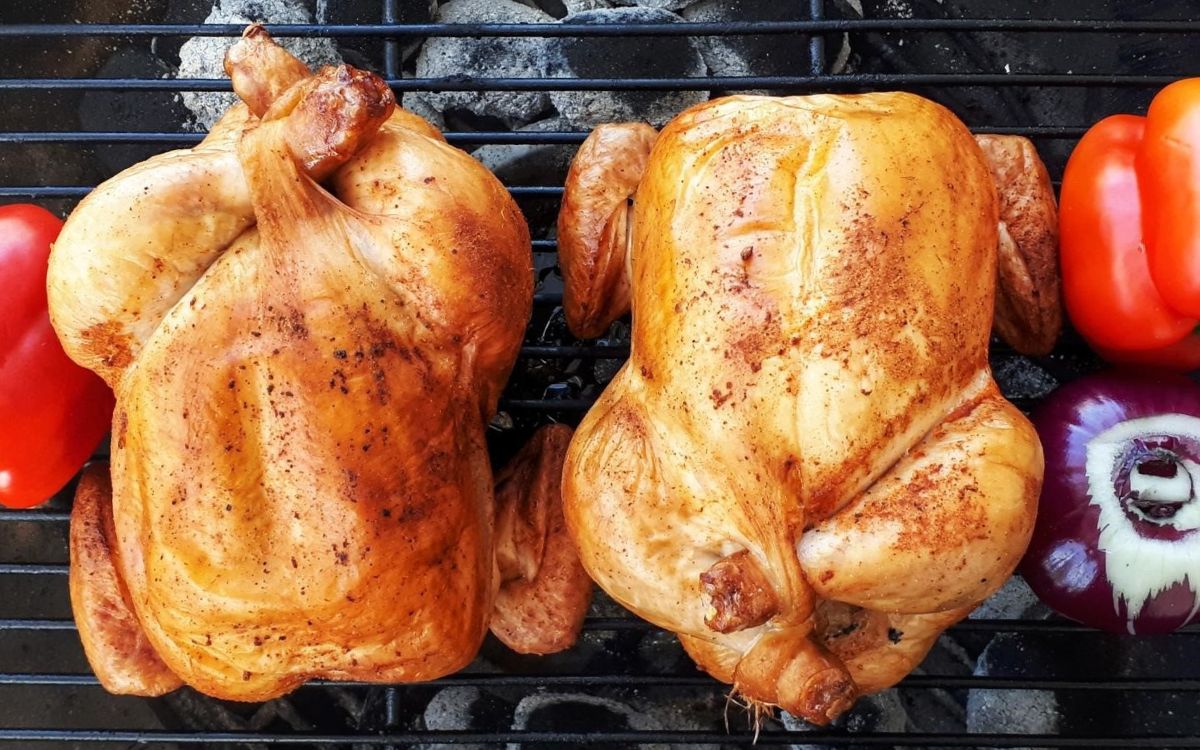
Cooking is a science and a skill that requires a deep understanding of both the technical and creative aspects. Cooking is also a matter of precise measurements and ratios.
For example, baking is particularly sensitive to accurate measurements and temperatures. A slight deviation in the amount of an ingredient or cooking degrees can result in a completely different outcome. So, to help you, here is a handy little unit converter tool for cooking without guesswork.